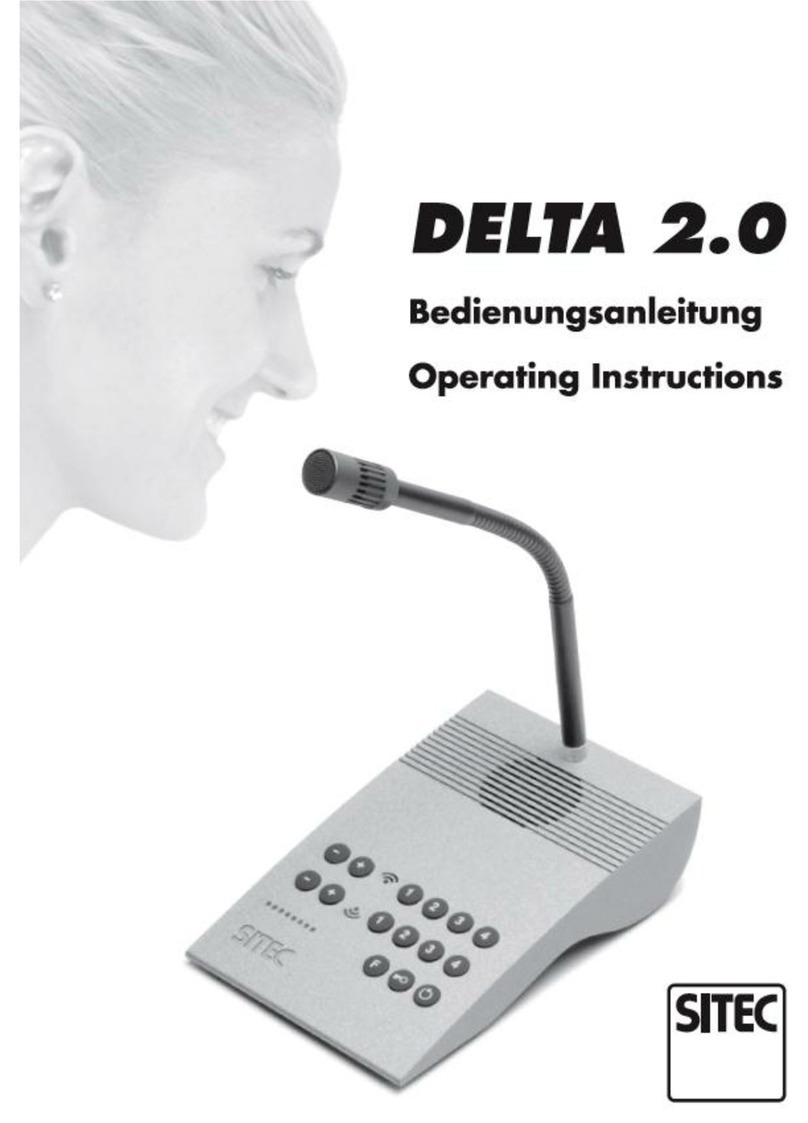...keeping you secure
Contents
General Safety Instructions........................................................................................................4
1. Appropriate Use .................................................................................................................4
2. Operator’s Duty of Care.....................................................................................................4
3. Safety Instructions..............................................................................................................5
4. Conditions of Guarantee.....................................................................................................6
Product Description....................................................................................................................7
1. Assembly and Product Functions.......................................................................................7
2. Environmental Conditions..................................................................................................8
3. Assembly and Set Up.........................................................................................................9
4. Commissioning.................................................................................................................11
Using the Intercom...................................................................................................................12
1. Description of the Controls..............................................................................................12
2. Operating the Intercom.....................................................................................................13
2.1 Switching the Intercom On ........................................................................................13
2.2 Switching the Intercom to Standby Mode..................................................................13
2.3 Cancelling Standby Mode..........................................................................................14
2.4 Switching Off the Intercom........................................................................................14
3. Setting Volume and Attenuation......................................................................................15
3.1 Set External Volume ..................................................................................................15
3.2 Set Internal Volume ...................................................................................................16
3.3 Set Attenuation...........................................................................................................16
4. Special Functions .............................................................................................................18
4.1 Receiving Calls ..........................................................................................................18
4.2 Headset On/Off ..........................................................................................................20
4.3 Door Opener or Switch Contact.................................................................................20
4.4 Announcements/Paging..............................................................................................21
4.5 Mute ...........................................................................................................................21
Intercom Set Up .......................................................................................................................22
1. Accessing the Set Up Menu.............................................................................................22
2. Overview of Menu Functions...........................................................................................23
3. Explanation of the Menu Functions.................................................................................24
3.1 Menu function 0 - Mute .............................................................................................24
3.2 Menu Function 1 - Extension Mode...........................................................................24
3.3 Menu Function 2 - External Gong Volume................................................................26
3.4 Menu function 3 - Internal Gong Volume..................................................................26
3.5 Menu function 4 - Standby.........................................................................................27
3.6 Menu function 5 - Time until Standby.......................................................................27
3.7 Menu function 6 - Loudspeaker during Announcements...........................................28
3.8 Menu function 7 - Headset with Loudspeaker ...........................................................28
3.9 Menu function 8 - Set Attenuation.............................................................................28
3.10 Menu function 9 - Number of Extensions................................................................29
3.11 Reset to Factory Settings..........................................................................................29
Technical Data and Connection Diagrams...............................................................................30
Overview of Components and Accessories..............................................................................34
Declaration of Conformity.......................................................................................................35
3
Version 1.2




























